Multiple Maniacs: Beatrice Favaretto in Conversation with Mara Sartore
Beatrice Favaretto
As we stood amidst the provocative imagery and powerful presence of her installation, we had the opportunity to discuss the themes that define Favaretto’s practice — from the intricate exploration of sexuality, intimacy, and the body, to the way her work navigates the complex intersections of public and private spheres.
In “Multiple Maniacs”, Favaretto’s collaboration with activist Maximiliano Ulivieri takes centre stage, creating a work that is as much a meditation on vulnerability as it is a radical interrogation of the politics surrounding desire, disability, and human connection. It was within this charged context that we spoke about the making of the exhibition, the challenges and freedoms inherent in such an intimate form of artistic expression, and her ongoing commitment to addressing the taboos and social structures that continue to shape our perceptions of the body.
Our conversation offered a rare insight into the heart of an artist whose work provocatively questions societal norms, inviting viewers to reconsider the very boundaries of moral and sexual freedom.
Mara Sartore – “Multiple Maniacs” seems to be a profound exploration of the body, sexuality, and vulnerability. Can you talk about how your approach to these themes has evolved over time, and how this project specifically deepens that exploration? What role does the body play in this particular work?
Beatrice Favaretto – Engaging with a body is never simple. It’s not just about reproducing its image but traversing it. It is precisely in this traversal that I can grasp the other in their entirety, engaging in a kind of “internal gaze” that delves into a labyrinth of images, emotions, memories, and darker traces. Here, every element, even the most fragile, surfaces spontaneously. Over time, my approach has changed. I have learned to manage this process with care, avoiding intrusion and always prioritizing a sense of nurturing and care as the cornerstone of this exchange.
On a technical level, I am constantly searching for new solutions, exploring tools and cameras that allow me to break down barriers and bring the bodies I work with to life.
In this project, in particular, the body is deconstructed to reveal itself in all its parts. Each fragment of Max is unveiled to the viewer as a protagonist, simultaneously fragile and majestic, narrating a story of contrasts. While the body comes to life, seemingly passively, the mind takes center stage, conveying its inner drive—powerful and unsettling.
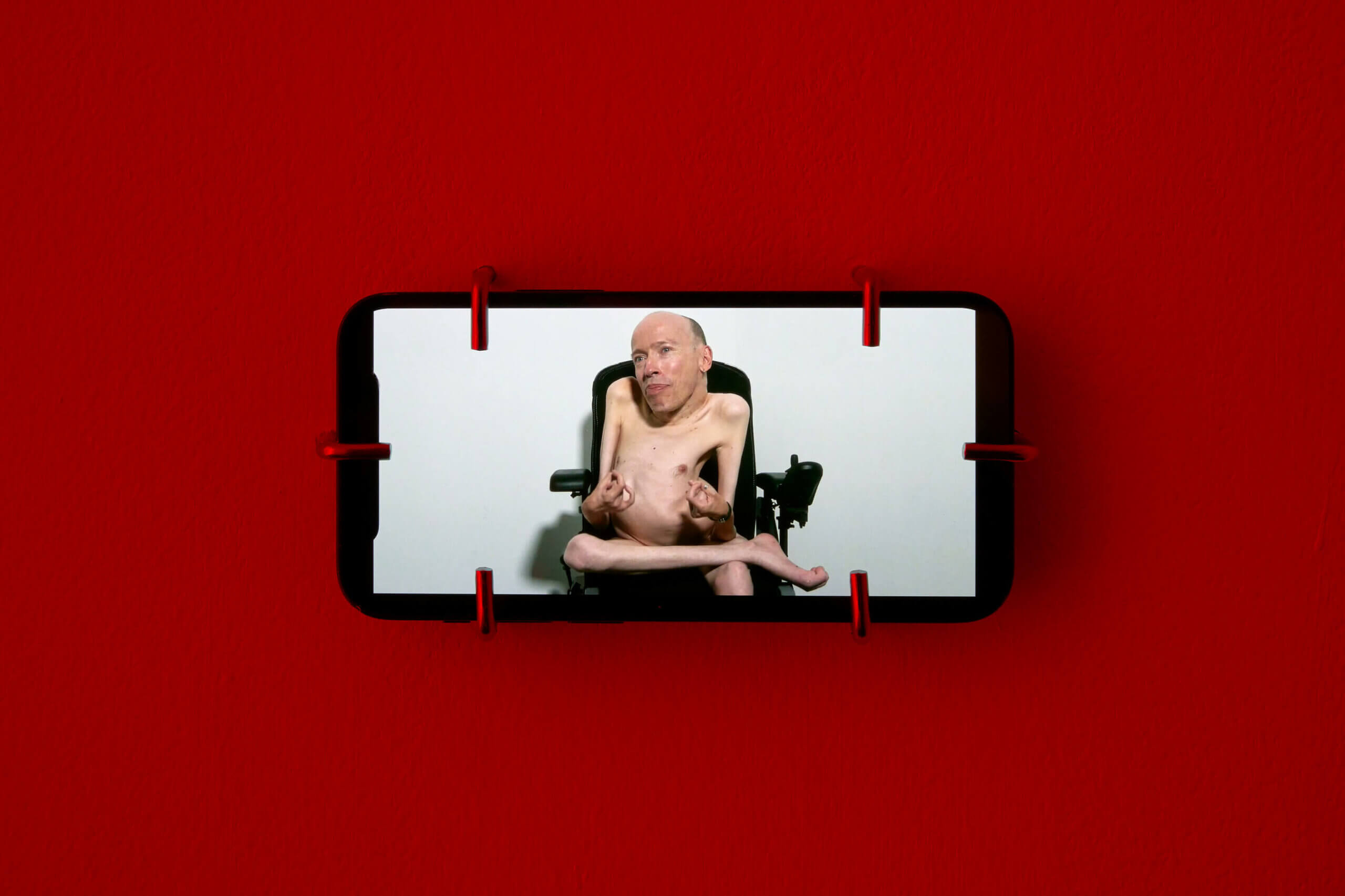
MS – The video features Maximiliano Ulivieri, who advocates for the sexual and emotional rights of people with disabilities. How did you approach the representation of disability in “Multiple Maniacs”, particularly through the lens of desire and intimacy? Was there a particular moment or interaction that influenced how you depicted this?
BF – My work unfolds in three fundamental phases: listening, analysis, and dialogue. Through these stages, I was able to build a profound connection with Max. It all began with the evocative way Max described his “lonely parts” — those areas of the body marked by disability, such as shoulders, feet, and sternum. These are areas that, according to him, are often neglected: left to themselves, forgotten, desexualized. Parts overlooked by sweetness, tenderness, and any form of emotional or physical connection.
This conversation made me reflect on the various parts of the body as isolated entities, as fragments of ourselves with their own identities and distinct needs. I began to see them as pieces that feel, suffer, and experience pleasure independently from the rest. From this emerged the idea of exploring the vital necessity of each part of the body to be recognized, lived, discovered, and narrated — just like each of us, unique and different from one another.
The body’s fragments thus become a metaphor for diversity, grounded, however, in a common principle: a desire for consumption, for connection, and for erotic interaction with the other.
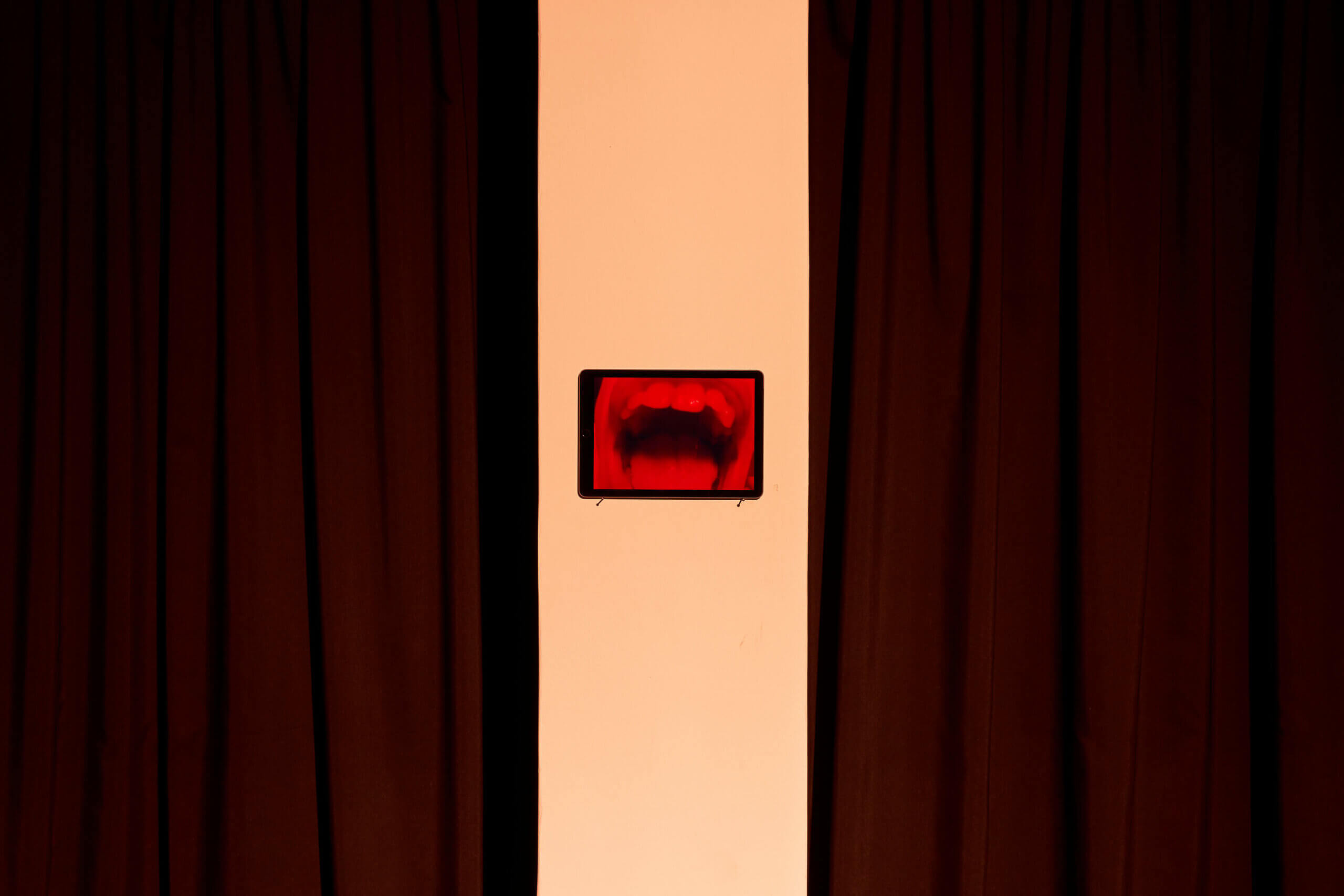
MS – Collaboration is a key element of your practice, and in this case, “Multiple Maniacs” involved working closely with Maximiliano Ulivieri. How did your collaboration shape the narrative or aesthetic of the work? Were there any moments of tension or unexpected insights that arose from working together on such an intimate subject?
BF – For me, collaboration means guiding and listening to the other, proposing exercises or situations that align with the person I’m working with. It’s not a classic joint collaboration but a relationship that develops through one-on-one dialogue and mutual exchange. I aim to create a setting where the subject feels comfortable, free to express and reveal themselves.
The choice of camera, location, and context is the first step, while the rest unfolds through the relational process. This approach requires care, attention, and respect for boundaries—essential elements to achieve a result that is authentic both artistically and humanly.
In the end, the outcome becomes a reflection of this relationship: an honest narrative, constructed through a balance between my guidance and the truth of the other.
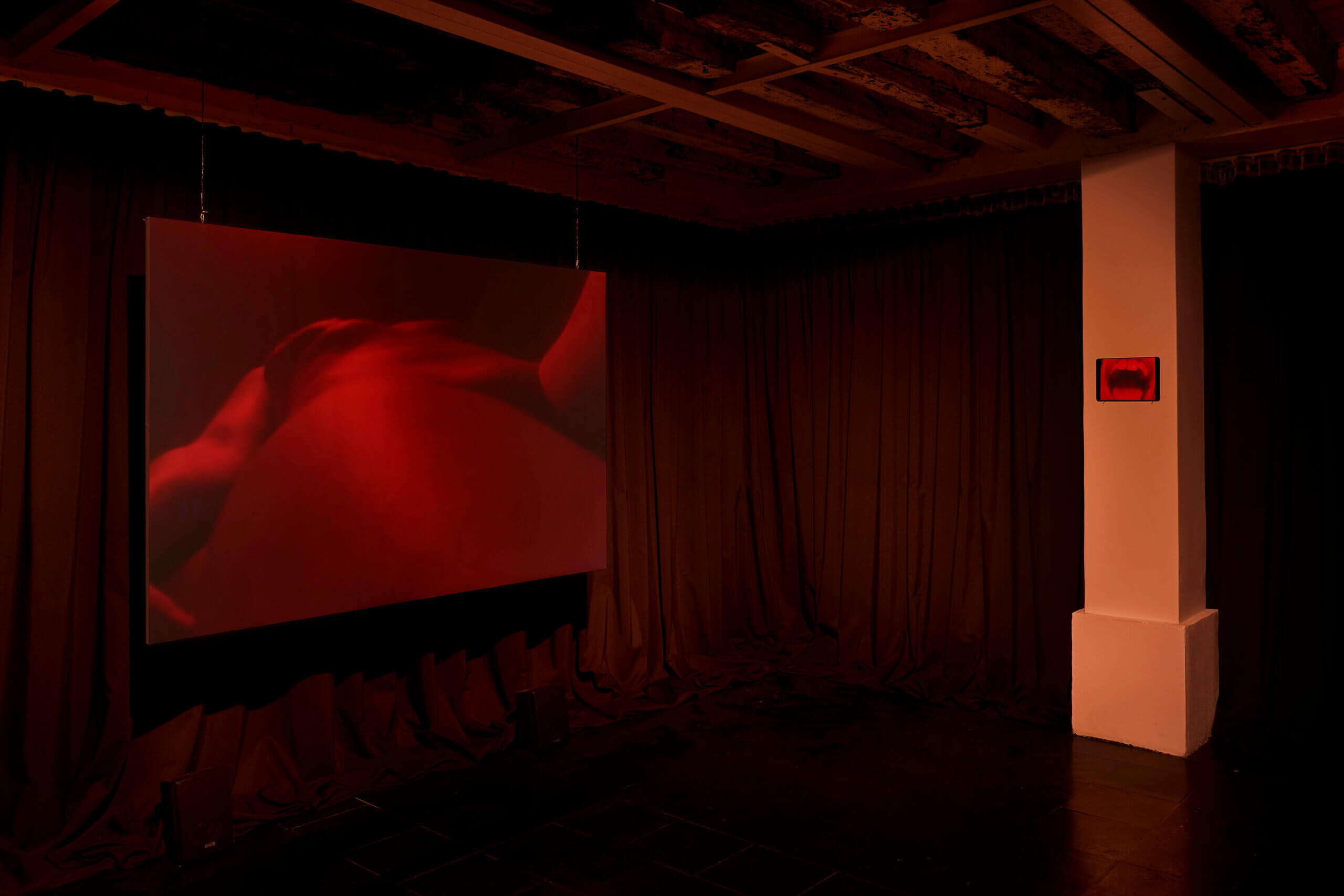
MS – The use of cannibalism as a metaphor for consumption and moral violation is striking in the context of your work. How do you see this metaphor in relation to the themes of pleasure, shame, and liberation?
What do you hope the audience will take away from these visceral images?
BF – Cannibalism can take on many meanings: for me, it also represents rebirth, fusion, union, support, metamorphosis. In the work with Max, two bodies become one: pieces of flesh move, tell their stories, are observed and consumed in every detail. It’s an intimate, direct relationship between the viewer and the other.
Sexuality, for me, is a visceral connection with the other that goes beyond sexual penetration and encompasses any direct and authentic relationship. It is a process of absorbing the other in order to evolve continuously. This tendency to delve into another’s intimacy, to uncover their desire, has a dark nature, but it is also an act of love and a form of self-destruction of the ego.
I can never be certain how the audience will react, but I always hope that empathy emerges and that those who watch leave with a new awareness or, at the very least, a new emotion to explore.
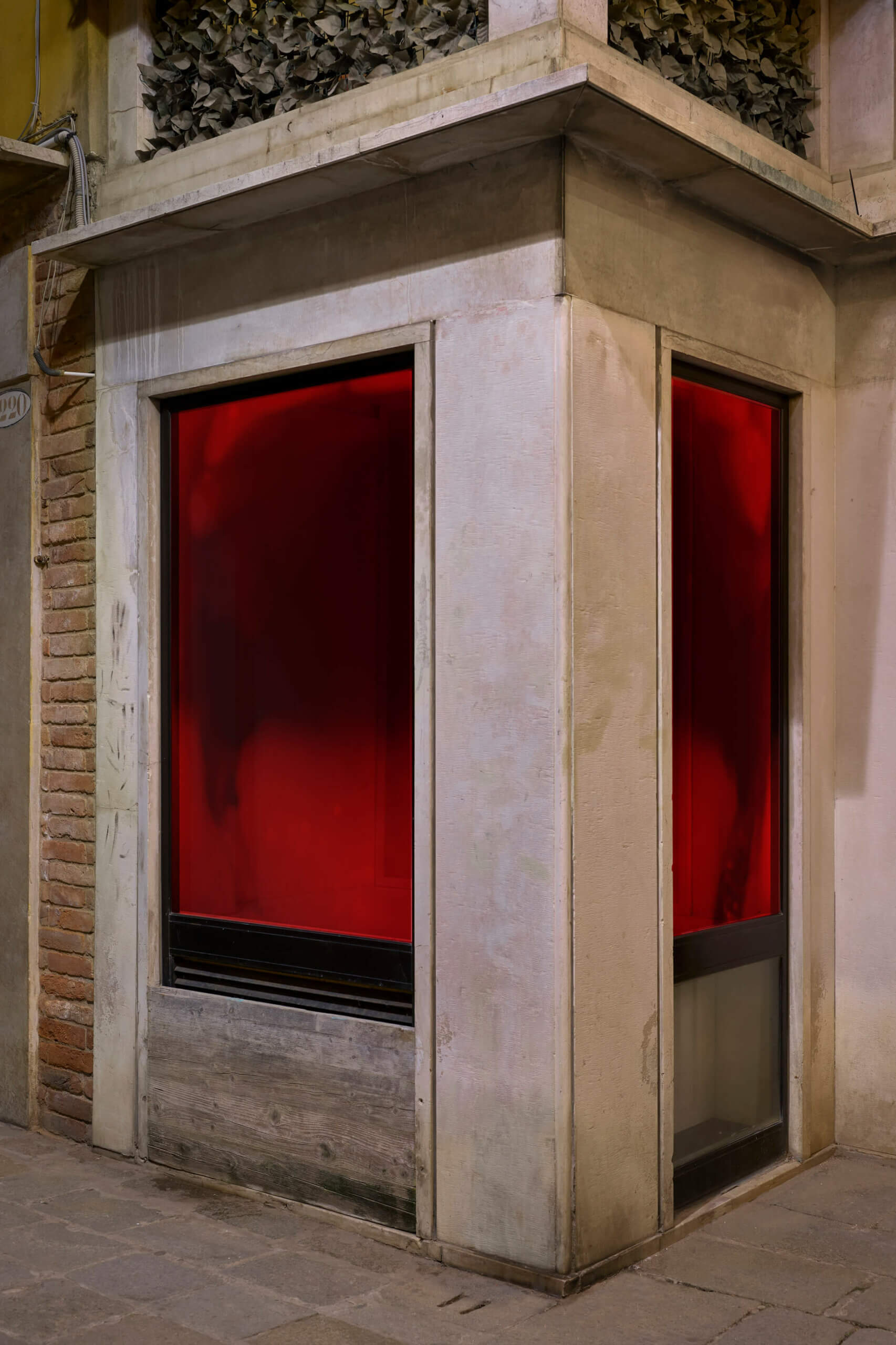
MS – You have mentioned that “Multiple Maniacs” becomes an act of emancipation, particularly within the context of Italian culture, which often grapples with moral conservatism. How do you see your work contributing to the ongoing conversations around sexuality and liberation in Italy, and more broadly in the art world?
BF – I see my works as “invitations to”. For me, inviting is a simple yet meaningful gesture, an act of care and respect that can be accepted or declined. I don’t align myself with predetermined ideologies; instead, I prefer to offer the opportunity to observe bodies and ways of relating that are always different, leaving each person free to find their own perspective.
We live in a complex time, where everyone is trying to adapt to what is happening. In this context, I perceive diversity not as a destination but as a continuous process of transformation and openness toward others.
Feeling the other, I believe, is the foundation of this practice—a practice I consider essential both politically and socially.
Art, in this sense, provides me with a space to transcend censorship and bring complex themes, such as sexuality, into public contexts. The aim is to provoke through unsettling images, deeply rooted in reality, to elicit an internal reaction. I believe that emotion is the driving force of change, an empathetic energy that compels us to connect with others, stepping outside of ourselves.
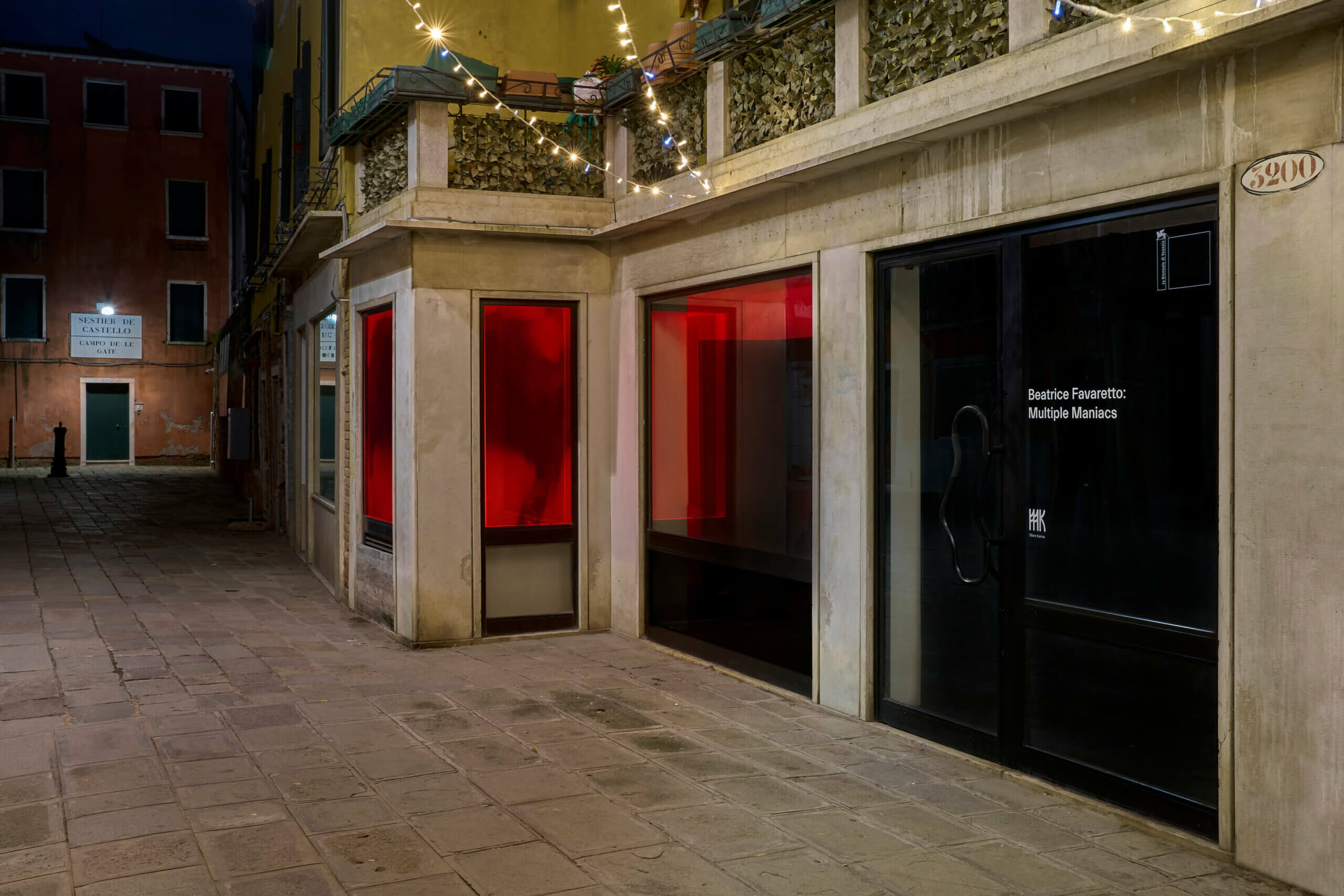
MS – After the success of “Multiple Maniacs” and your other recent projects, what directions are you excited to explore next? Are there other collaborators you’re eager to work with, or new themes and mediums you want to tackle in the near future?
BF –In the future, I want to continue exploring the body, truly delving into it through new perspectives that allow me to deepen my understanding. I want to study and penetrate it, supported by new collaborators who can accompany me on this complex and stimulating journey.
At the moment, my list of ongoing projects and potential collaborations includes many. One of these is the project I am developing as a finalist of ArteVisione24, organised by Careof, Milan. It’s titled “Inferno” and focuses on a transfeminist community in London and the eponymous event created by its founders, Lewis G. Burton.


